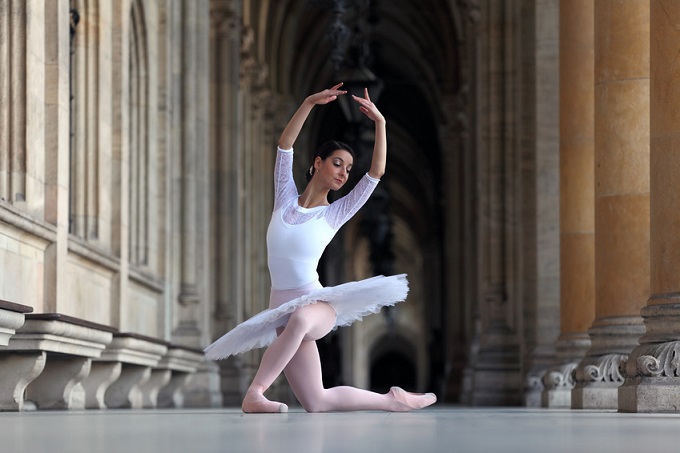Folk and ritual dances have been around for a long time, but medieval theatre knew only dance interludes. At the end of the 16th century, ballet arrived in the Viennese court and was highly promoted. Empress Eleonore Gonzaga, the consort of Emperor Ferdinand II, staged Vienna’s first ballet in 1622. From then on, the new art form flourished.
However, it was exclusively practised by the nobility. The oldest Viennese ballet music still in existence comes from Wolfgang Ebner and was composed for Antonio Bertali’s opera “II Giro crescente” in 1661.

Together with the institutionalisation of the ballet school in the second half of the 19th century, the world hit “Die Puppenfee” by Josef Hassreiter was followed by the establishment of a national ballet ensemble.
In 2005, the ballet ensembles of the Vienna State Opera and the Volksoper merged to increase their opportunities for performing.
The history of the ballet school
The story of the Ballet School at the Vienna State Opera as a training institution for classical dance dates back to the year 1771. In that year, Empress Maria Theresia set up a “theatrical dance school”. At the time, eight boys and eight girls were trained daily by two ballet teachers under the supervision of Jean Georges Noverre.
With the opening of the Opera House on the Ring, the school was institutionalised by the “Organisational Statute for the Ballet Dance School at the k. k. Hof-Operntheater” in 1870. From then on, lessons took place in the Opera House’s ballet hall. Today, the ballet school is known far beyond Austrian borders as the “Ballet Academy of the Vienna State Opera”.


